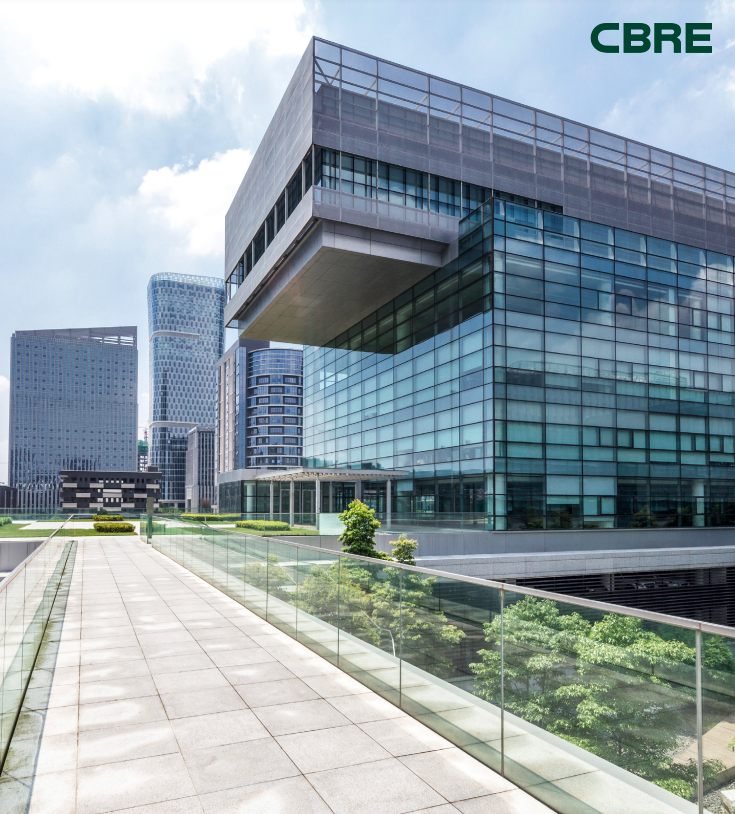Real Estate's Role in the Environmental, Social and Governance (ESG) Agenda
Key strategies for commercial real estate leaders to move toward a more sustainable future

The past two years have seen an unprecedented degree of disruption—from the pandemic to climate-related events to social justice protests. This convergence of global challenges has heightened focus on the environmental, social and governance (ESG) issues and trained a spotlight on corporate real estate (CRE) leaders' purpose and mission.
CRE leaders have an important opportunity—if not an obligation—to affirm the mission and purpose of our industry.
What’s in the Report
CBRE offers insights on ESG considerations and actions that will help to move our industry toward a more sustainable future. ESG is an increasingly key element of CRE leaders’ agendas, and this report will examine the concepts most under discussion today.
What is our Why?
- Companies that are making progress on ESG perform better.
The NYU Stern Center for Sustainable Business examined the relationship between ESG and financial performance from 2015–2020 and found a positive relationship between performance-based ESG measures and financial performance.
- Employees want to work for companies that have a purpose.
CBRE’s Global Live, Work and Play study found that millennials are highly attuned to the culture and practices of a company—including its environmental credentials—when deciding whether to join or remain employees.
- Public commitments to meet zero-carbon targets are increasingly common.
More than 30% of global Fortune 500 companies now say they have either achieved a climate goal or are publicly committed to doing so by 2030—a significant increase from just 6% in 2016.
- Regulatory pressure continues to build.
Governments globally are enacting new regulations to curb carbon emissions. This includes an EU regulation that aims to cut carbon emissions by at least 55% by 2030, a U.K. government commitment to reduce U.K. carbon emissions by 78% by 2035 and a U.S. pledge to cut carbon emissions by 50-52% by 2030.
- The events of 2020 catalyzed environmental and social change.
Institutional investors globally (54%) have highlighted that their primary driver to invest sustainably is the desire to positively impact society and the planet.
A Framework for Environmental Considerations Across the Tenant Lifecycle
According to the World Green Building Council, buildings are currently responsible for 39% of global energy related carbon emissions: 28% from energy needed to heat, cool and power them (operational carbon), and the remaining 11% from materials and construction (embodied carbon). A focus on reducing and ultimately eliminating both types of carbon is critical as building stock continues to grow around the world and embodied carbon—especially that generated before the built asset is used (upfront carbon) becomes a larger factor.

